Tachinid Flies
The Tachinid Fly family (Tachinidae) is a large cosmopolitan family of flies of over 1,300 North American species. Tachinids are highly diverse and almost exclusively parasitoids (internal parasites that kill the host) of other insects, especially caterpillars and adult and larval beetles.
Many species of tachinids have been introduced into North America from their native lands to suppress populations of alien pests. Tachinid flies differ in color, size, and shape, but many somewhat resemble house flies. They usually are either gray, black, or striped, and often have many distinct abdominal bristles.
Egg laying varies considerably. In some species, eggs are deposited on foliage near the host insect. After the eggs hatch, the maggots are ingested during feeding by the host, such as a caterpillar, and then develop inside the host. In other species, the adult fly glues her eggs to the body of the host. Conspicuous white eggs up to 1 mm in size can sometimes be seen on the head or body of a caterpillar or other host. After the eggs hatch, the maggots penetrate into the host’s body. Some adult female tachinids possess a piercing ovipositor and actually insert the eggs inside the host body.
Disclaimer: The content of NatureSearch is provided by dedicated volunteer Naturalists of Fontenelle Forest who strive to provide the most accurate information available. Contributors of the images retain their copyrights. The point of contact for this page is: Loren Padelford.
-
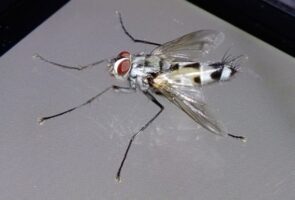 ZELIA VERTEBRATA
ZELIA VERTEBRATA
-
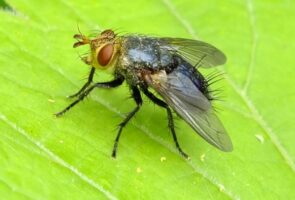 TACHINID FLY
TACHINID FLY
-
 GONIA SP.
GONIA SP.
-
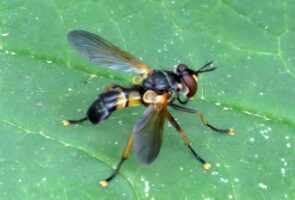 HEMYDA AURATA
HEMYDA AURATA
-
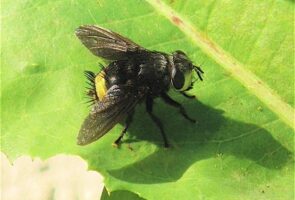 BELVOSIA BOREALIS
BELVOSIA BOREALIS
-
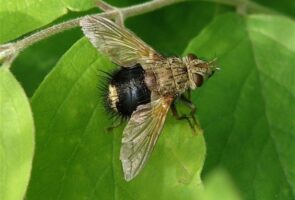 EPALPUS SIGNIFER
EPALPUS SIGNIFER
-
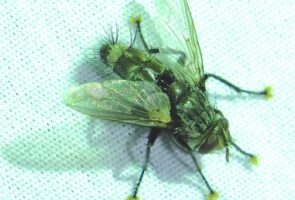 TACHINID FLY
TACHINID FLY
-
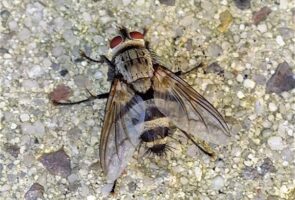 TACHINID FLY
TACHINID FLY
-
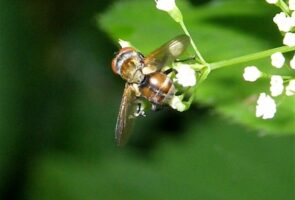 GYMNOCLYTIA SP.
GYMNOCLYTIA SP.
-
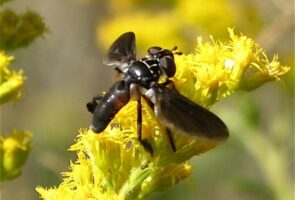 TRICHOPODA SP.
TRICHOPODA SP.
-
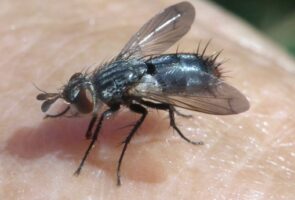 COPECRYPTA RUFICAUDA
COPECRYPTA RUFICAUDA
-
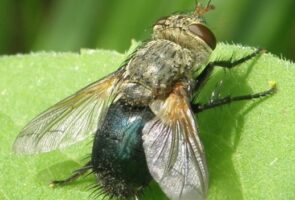 ARCHYTAS SP.
ARCHYTAS SP.
-
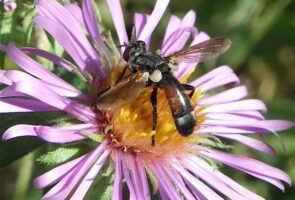 CYLINDROMYIA SP.
CYLINDROMYIA SP.
-
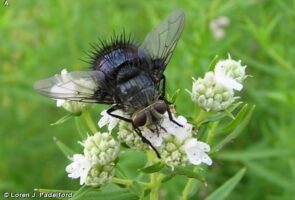 JURINIOPSIS SP.
JURINIOPSIS SP.
-
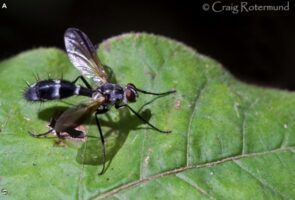 CORDYLIGASTER SEPTENTRIONALIS
CORDYLIGASTER SEPTENTRIONALIS
-
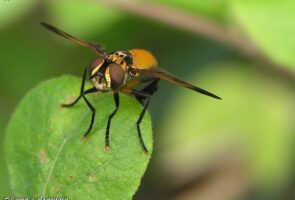 TRICHOPODA PENNIPES
TRICHOPODA PENNIPES
